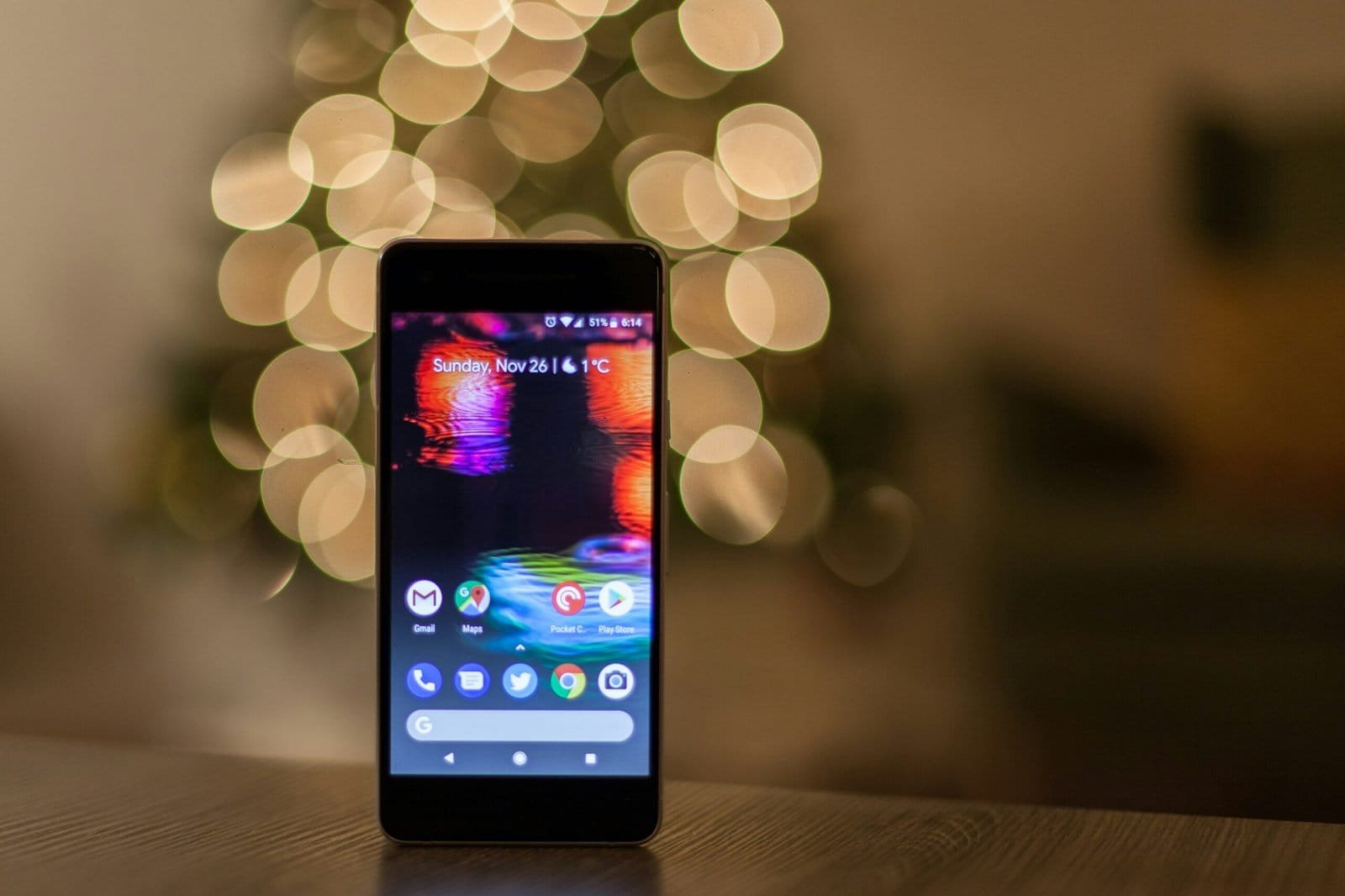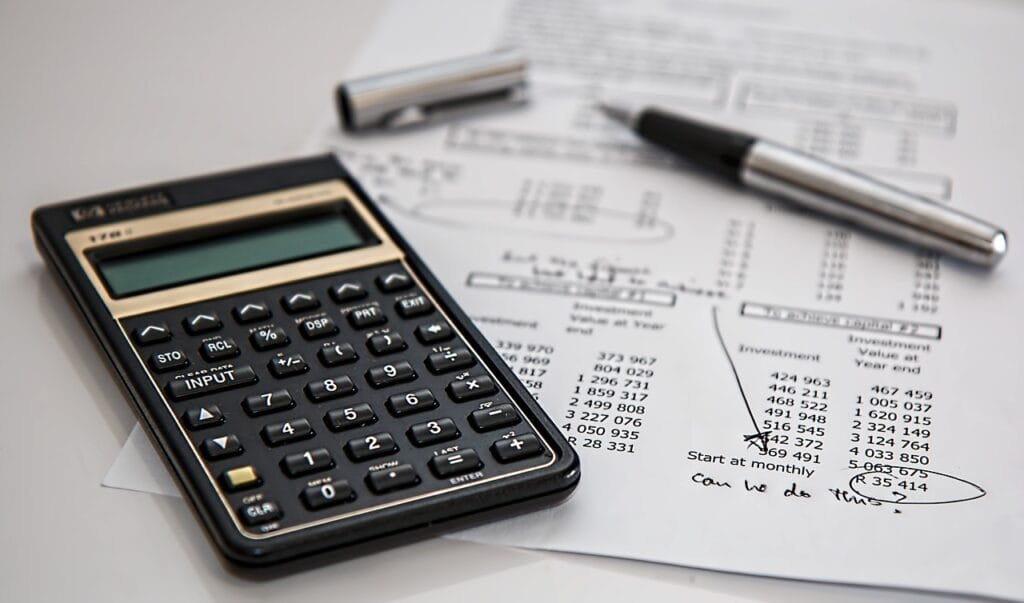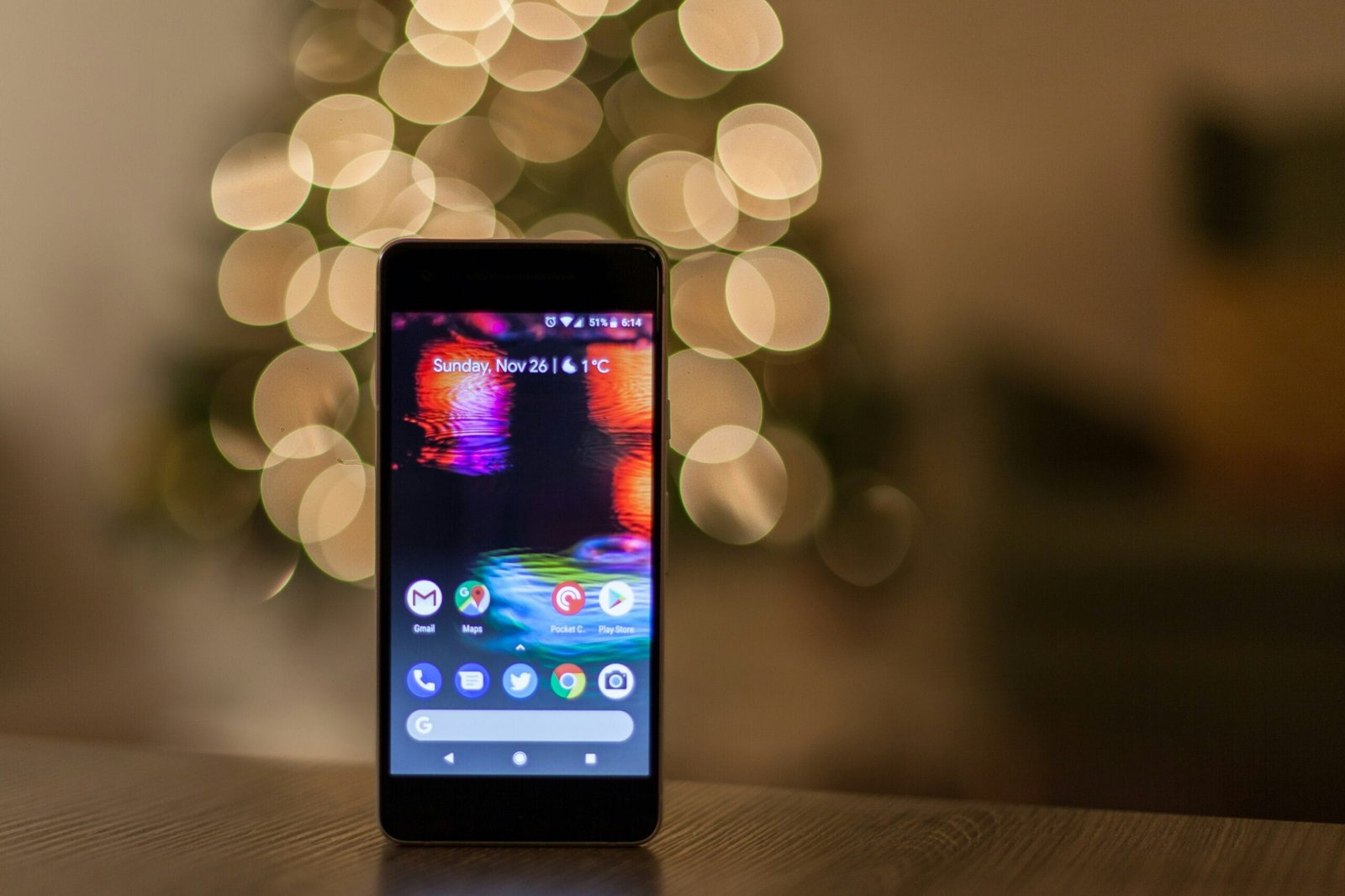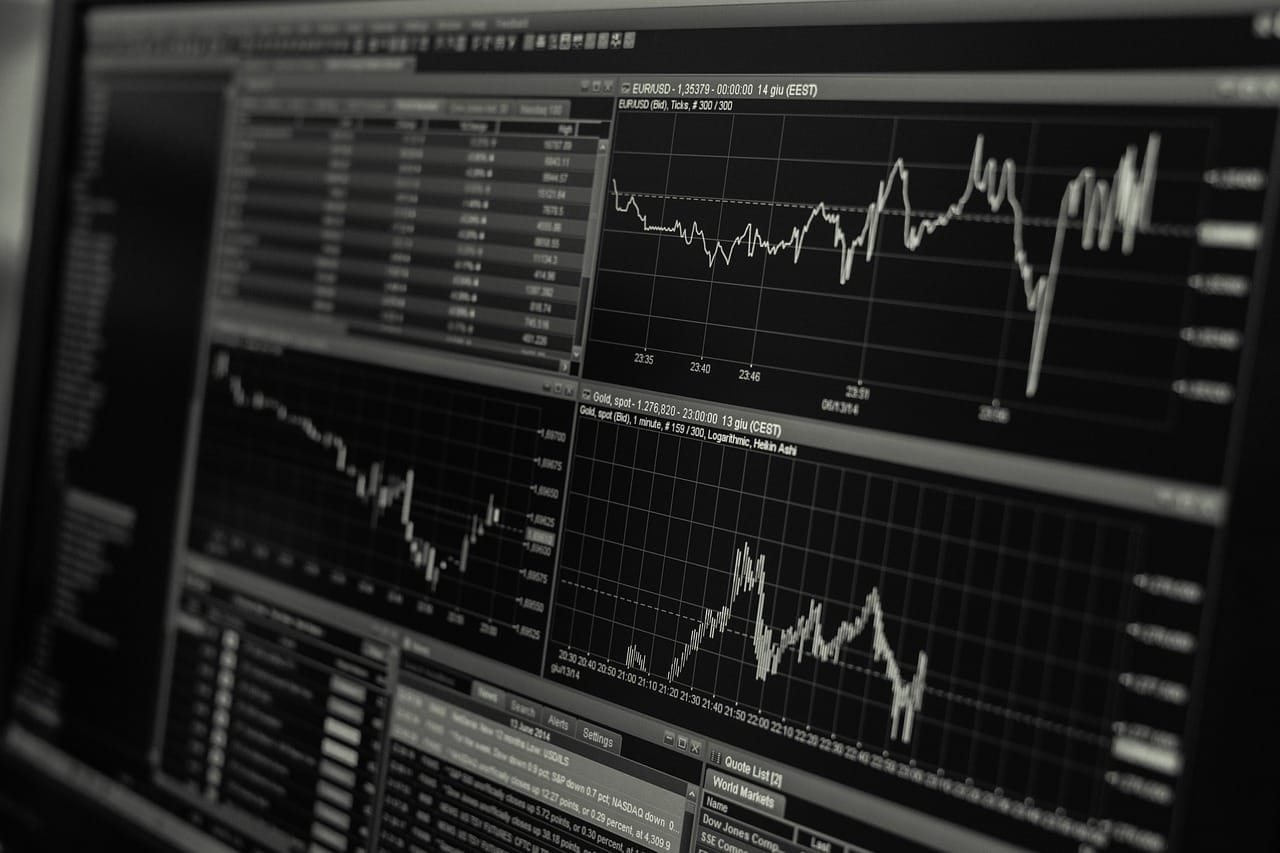
Introduction to Personal Finance and Budgeting Apps
In today’s digital age, the management of personal finance has been revolutionized by the advent of sophisticated budgeting apps. As technology continues to evolve, it is now easier than ever for individuals to oversee their finances through intuitive software designed for both mobile and desktop use. The significance of these apps cannot be overstated; they provide users with the tools needed to track expenses, establish budgets, and plan for future financial goals, all from the convenience of their devices.
Personal finance apps make financial management accessible to everyone, regardless of their level of expertise. These apps offer features such as real-time expense tracking, which allows users to monitor their spending habits and adjust them as necessary. Additionally, budgeting tools enable users to set spending limits and allocate funds to various categories, helping to ensure that they live within their means. More advanced applications even offer forecasting tools to assist in planning for long-term financial objectives, such as purchasing a home, saving for retirement, or funding education.
The trend of relying on digital tools to maintain financial health is on the rise, particularly due to the increasing smartphone penetration and internet accessibility. Emerging from a need for precise and effortless financial governance, these apps cater to a diverse user base across different demographics by providing customizable features that suit varied financial situations. Whether they are students learning to manage their first paychecks, professionals balancing complex financial portfolios, or retirees planning their expenditures, personal finance apps offer solutions designed to meet their unique needs.
These advancements in finance software have made it possible for users to have a better grasp of their financial standing, thus empowering them to make informed decisions. They simplify the intricate task of financial management, transforming it into an efficient, comprehensible process that can seamlessly fit into daily routines.
Criteria for Evaluating Personal Finance and Budgeting Apps

When it comes to choosing a personal finance and budgeting app, several critical factors should be taken into consideration to ensure it meets individual needs effectively. The user interface and experience (UI/UX) are paramount; a well-designed, intuitive app can greatly enhance user satisfaction and ease the process of managing finances. An app with a cluttered or confusing interface can deter consistent use, thereby hindering one’s financial objectives.
Security features are another vital component. Handling sensitive financial data necessitates robust security measures to protect against potential breaches. Look for apps that offer encryption, two-factor authentication, and other security protocols. This ensures that your financial information is safeguarded from unauthorized access.
Customization options are also crucial. A good finance app should allow users to tailor categories, set up personalized alerts, and customize budget templates. This flexibility aids in creating a financial plan that aligns closely with specific personal goals and spending habits.
Compatibility with banking institutions significantly enhances the utility of these apps. Ensure the chosen app seamlessly integrates with your bank accounts and other financial services you use. This connection facilitates automatic transaction updates, providing a comprehensive and current snapshot of your finances.
Cost is another consideration. While many apps offer free versions, these often come with limited features. Paid versions typically provide enhanced capabilities such as advanced analytics and ad-free experiences. Evaluate whether the additional benefits justify the cost based on your specific financial management needs.
Lastly, customer support is an important criterion. Reliable customer support can be invaluable, especially when dealing with technical issues or complex financial questions. Timely and efficient support services ensure a smooth user experience and minimal disruption in managing finances.
User reviews and ratings also play a pivotal role in evaluating personal finance apps. These reviews can provide insights into the app’s performance, reliability, and customer satisfaction. By considering the experiences shared by other users, you can make a more informed decision on the best budgeting app for your needs.
Top 10 Personal Finance and Budgeting Apps for 2024

In the evolving landscape of personal finance management, numerous apps have emerged as indispensable tools for individuals seeking to efficiently manage their finances. Here, we delve into the ten best personal finance and budgeting apps for 2024, detailing their unique features, strengths, and areas of improvement. Now let us look at The 10 Best Personal Finance and Budgeting Apps for 2024
1. Mint:
Mint continues to be a frontrunner in personal finance management. It offers comprehensive budgeting tools, expense tracking, and bill management. The app automatically syncs with your bank accounts, credit cards, and investments. A significant update in 2024 includes enhanced security features.
2. YNAB (You Need A Budget):
YNAB excels in proactive budgeting techniques, advocating for every dollar to have a job. New features this year include better integration with financial institutions and an improved debt payoff planner, making it ideal for those focused on active budgeting and financial goal setting.
3. Personal Capital:
Known for its robust investment tracking tools, Personal Capital caters primarily to investors. It provides comprehensive financial dashboards and retirement planning resources. Recent updates include more personalized advice and investment management services.
4. PocketGuard:
Simplifying budgeting, PocketGuard shows users how much they can safely spend. A standout feature is the “In My Pocket” function, which factors in bills, goals, and necessities. The latest version adds more intuitive goal-setting tools.
5. Goodbudget:
Goodbudget employs the envelope budgeting method, perfect for couples or families. It is a digital take on traditional cash envelopes, offering improved tracking and planning features. Its latest iteration offers enhanced collaborative budgeting tools.
6. Honeydue:
Specifically designed for couples, Honeydue enables partners to manage joint finances transparently. It supports bill reminders, expense tracking, and joint account syncing. The 2024 update introduces new shared goal-setting tools.
7. Wally:
For those seeking simplicity, Wally provides straightforward expense tracking and budgeting. Users can manually input expenses or use receipts. New updates include simplified user interfaces and enhanced data encryption.
8. Tiller Money:
Tiller Money innovatively integrates with Google Sheets to provide customizable spreadsheets for detailed financial tracking. This year saw enhancements in automation and improved template options, catering to spreadsheet enthusiasts.
9. Spendee:
Spendee offers multi-currency support and is favored by frequent travelers. It highlights useful insights from spending patterns. Newly added features in 2024 include better support for cryptocurrency tracking and more collaborative tracking options.
10. Emma:
Emma positions itself as a financial advocate, helping users avoid unnecessary fees and subscriptions. The app consolidates financial accounts to provide a comprehensive overview. The latest version emphasizes better subscription management features.
Each of these apps serves unique financial needs, from detailed investment management to simplistic budget tracking, ensuring there is a suitable option for every individual aiming to improve their financial health in 2024.
Tips for Maximizing the Use of Personal Finance and Budgeting Apps

When choosing personal finance and budgeting apps, it’s essential to maximize their potential by incorporating a few strategic practices into your routine. Firstly, set realistic financial goals. These can range from short-term savings for a vacation to long-term retirement plans. Having clear, achievable targets will not only keep you motivated but also make it easier for the app to provide relevant insights and notifications.
Another crucial strategy is regularly updating your financial data. Consistency is key; otherwise, the analytics and reports offered by your software won’t accurately reflect your financial state. Make it a habit to record every transaction, no matter how small, to maintain an up-to-date and comprehensive view of your finances.
Leverage the analytics and reports provided by your chosen app. Most personal finance systems offer tools that analyze your spending habits, categorize your expenses, and even forecast future financial trends. Use these features to your advantage by identifying areas where you can cut back on unnecessary spending or where you might need to allocate more funds.
Integrating multiple financial accounts, such as your checking, savings, and credit cards, can offer a more comprehensive picture of your financial health. This holistic view is invaluable when planning budgets and setting financial goals, as it ensures no aspect of your finances is overlooked.
Continuous learning is crucial for adapting to new tools and updates within your chosen finance apps. Most software regularly adds new features or improves existing ones. Staying informed about these changes will help you utilize the app more effectively.
Lastly, maintaining financial discipline is essential for achieving long-term success. Stay consistent with budget and expense tracking by setting reminders or schedule regular financial reviews. By committing to these habits, you’ll find it easier to avoid overspending and stick to your financial goals.



